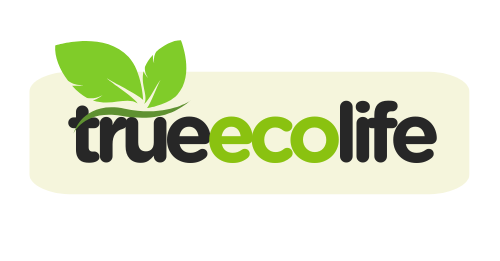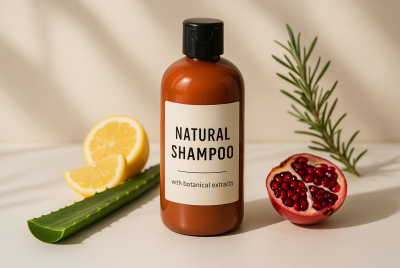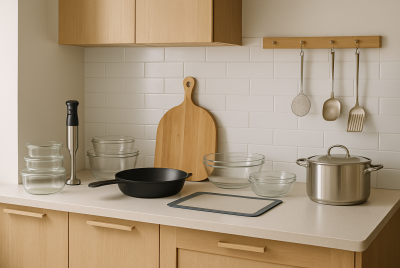Energy Efficient Home Ideas: 10 Simple Upgrades to Lower Your Carbon Footprint
We may earn a commission for purchases made using our links. Please see our disclosure to learn more.
Feeling overwhelmed by rising utility bills and environmental concerns? You’re not alone—and the good news is, making a difference doesn’t require a complete home renovation. With a few smart, budget-friendly changes, you can lower your energy use and shrink your carbon footprint. From switching to LED bulbs to installing a smart thermostat, these energy efficient home ideas are practical, effective, and totally doable—even on a tight schedule. Ready to save money while living more sustainably? Let’s get started!
1. Switch to LED Lighting
About 15% of the electricity used in a typical home is used for lighting, and in homes with obsolete lightbulbs, that percentage can rise even further. Making the switch to LED lighting is among the simplest and least expensive adjustments you can make. Long-term cost savings, fewer trips to the store, and less waste going to landfills are all possible with LEDs, which use up to 80% less energy than incandescent bulbs and last up to 25 times longer.
Additionally, LED lights now include smart settings and a range of color temperatures, allowing you to customize your illumination while using less energy. There is an LED version that works well for both illuminating your kitchen and creating a warm bedroom atmosphere.
Pro tip: Replace your most-used bulbs first—like those in the living room, kitchen, and porch—to see savings faster.
2. Upgrade to a Smart Thermostat
Usually, about half of the energy used in a home is for heating and cooling. Therefore, one of the most significant improvements you can make is to switch to a smart thermostat. Making the transition alone can save homes about $180 a year, according to ENERGY STAR.
Smart thermostats are one of the most impactful energy efficient home ideas, as they learn your daily routine and adjust your HVAC system to only operate when needed. Certain versions can even recognize when you’re not home and automatically go to eco-mode.
Why Programmable Thermostats Save More Energy
Unlike manual thermostats, smart versions prevent overheating or overcooling by adjusting in real time. You can control them from your phone, set custom schedules, and track energy usage—making it easier than ever to take control of your power bills.
Bonus: Some utility companies offer rebates when you install a smart thermostat, making the upgrade even more affordable.
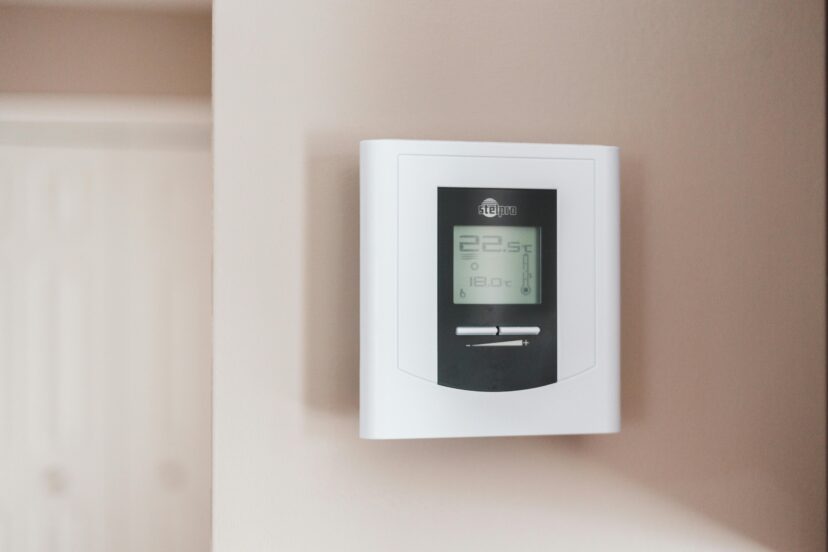
3. Install Low-Flow Showerheads and Faucets
You don’t need to sacrifice water pressure to save on your water bill. Low-flow showerheads and faucet aerators are designed to maintain strong pressure while dramatically reducing water use. The EPA estimates you can save up to 2,700 gallons of water per year by upgrading just one showerhead.
That’s not just great for the planet—it’s great for your wallet, too. Less hot water use also means your water heater runs less often, reducing energy costs on two fronts.
Look for WaterSense-labeled products, which meet EPA criteria for performance and efficiency.
4. Seal Drafts Around Windows and Doors
Even the coziest homes can lose heat and cool air through tiny cracks and gaps. Drafty doors and windows force your HVAC system to work overtime, costing you comfort and money. The solution? Sealing drafts with weatherstripping or caulk is a quick, affordable fix.
Simple Weatherstripping Can Make a Big Difference
Apply self-adhesive foam tape, V-strip, or silicone seals around windows, doors, and even electrical outlets. You’ll notice an immediate improvement in temperature control, and your energy bills will thank you.
DIY level: Beginner-friendly. Most kits come with simple instructions and require only scissors and a steady hand.
5. Add Insulation in Key Areas
A well-insulated home stays warmer in winter and cooler in summer, reducing your reliance on heating and air conditioning. According to the U.S. Department of Energy, adding insulation to your home can cut energy bills by up to 15%.
Where to Insulate First for Maximum Impact
Start with the attic—hot air rises, and poor attic insulation is a common culprit for energy loss. Also focus on basements, crawl spaces, and garage ceilings. If your walls are older or uninsulated, blown-in insulation might be worth the investment.
Tip: Even a small roll of insulation added to attic hatch doors can make a noticeable difference.
6. Use ENERGY STAR Appliances
Old appliances are energy hogs. Replacing them with ENERGY STAR certified models ensures you’re getting maximum efficiency without sacrificing performance. For example, ENERGY STAR refrigerators use about 15% less energy than non-certified models, and washers use 25% less energy and 33% less water.
Over five years, an upgraded fridge alone could save you over $200 in energy costs. Multiply that by other appliances like dishwashers, washing machines, and dryers—and the savings add up fast.
Check local rebate programs—many cities offer incentives for upgrading to certified models.
7. Switch to a Tankless Water Heater
Traditional water heaters keep a tank full of hot water ready 24/7, even when no one’s using it. This constant heating of unused water is known as standby heat loss—and it quietly wastes energy in the background. Tankless water heaters, on the other hand, heat water on demand, reducing energy use by up to 34%, according to the U.S. Department of Energy.
These units also last longer than traditional tanks and take up far less space. While the initial cost is higher, the long-term savings and lower maintenance needs make them a worthwhile investment for many homeowners.
Best for: Medium to large households that use hot water frequently but don’t want to waste energy when it’s not needed.
8. Install Solar Panels or Solar-Powered Accessories
Solar power is one of the most impactful steps toward sustainability. While full solar panel systems offer the greatest savings, you don’t have to go all in right away. Start small with solar-powered lights, phone chargers, or attic fans—simple energy efficient home ideas that quickly lower daily energy use.
Over time, adding more solar elements can significantly reduce your energy bill—and your reliance on the grid. Better yet, homeowners in many areas can qualify for rebates or tax credits when they invest in solar technology.
Smart start: Solar garden lights and motion-detecting porch lights are budget-friendly and easy to install.
9. Choose Thermal Curtains or Window Films
Windows are often responsible for heat loss in winter and heat gain in summer. Thermal-insulated curtains and low-emissivity window films are inexpensive ways to boost insulation without replacing windows.
They help block out UV rays, reduce glare, and maintain indoor temperatures more consistently. In colder months, they trap heat; in warmer months, they reflect sunlight to keep your space cooler.
Quick tip: Install curtain rods a few inches above and beyond the window frame to maximize coverage.
10. Unplug Devices or Use Smart Power Strips
Even when turned off, electronics like TVs, game consoles, and coffee makers draw “phantom” power if left plugged in. This standby usage can account for up to 10% of your electricity bill, according to the Department of Energy.
These advanced power strips sense when your electronics are idle and shut off electricity to prevent unnecessary usage. Others can be controlled via app or voice assistant, allowing you to manage your energy use from anywhere.
Best used in: areas like media setups, workspaces, or kitchen stations where several devices are plugged in at once.
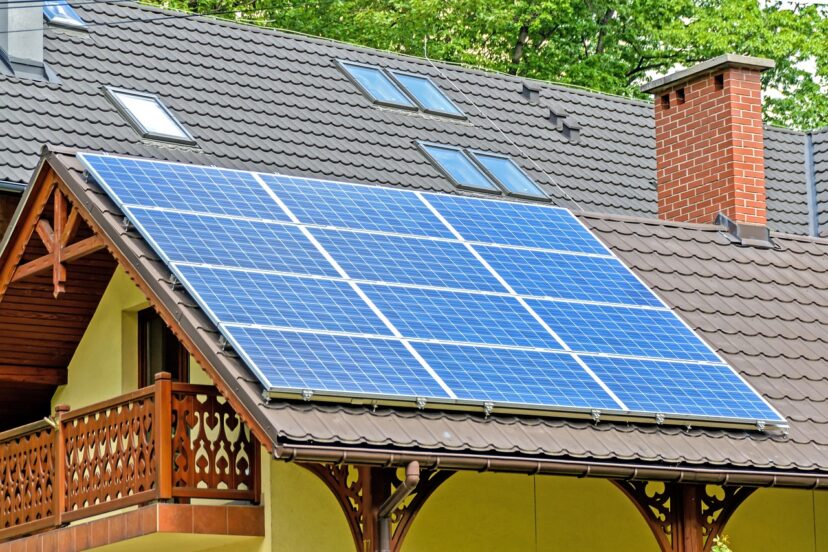
Smart Upgrades to Kickstart Your Energy-Efficient Home
Ready to turn ideas into action? These five top-rated tools and gadgets are a great way to put your energy efficient home ideas into action while saving on utility costs.
1. Google Nest Learning Thermostat (3rd Gen)
This intelligent thermostat adapts to your lifestyle, automatically optimizing heating and cooling to reduce energy waste—plus, it looks sleek on your wall.
2. Philips Hue White A19 LED Smart Bulb Starter Kit
Brighten your space the smart way. These LED bulbs are dimmable, voice-activated, and use up to 80% less energy than traditional lights.
3. High Sierra All Metal Low Flow Showerhead
Cut your water usage without compromising on pressure. This low-flow showerhead is durable, efficient, and ideal for eco-conscious households.
4. Kasa Smart Plug Power Strip by TP-Link
Keep electronics from wasting power while you sleep. Control multiple outlets remotely, and schedule shutdowns with ease from your phone.
5. NICETOWN Thermal Insulated Blackout Curtains
Insulate your windows in style. These thermal curtains help maintain room temperature year-round while also blocking sunlight and reducing noise.
Science-Backed Benefits of Energy Efficiency
Energy-efficient upgrades aren’t just a trend—they’re backed by solid research and real-world data. Studies consistently show that improvements like smart thermostats, LED lighting, and insulation can lead to measurable energy and cost savings.
A comprehensive Georgia Tech study (2024) revealed that smart thermostats, when used effectively with time-of-use pricing, can significantly reduce both household electricity use and monthly costs. They found that automation and behavioral nudges can play a critical role in energy management.
However, it’s worth noting that not all results are uniform. A Treehugger review (2022) pointed out that many users override their thermostat’s automated settings, which can reduce energy savings—or in some cases, even increase consumption. It serves as a reminder that smart tools only work well when used as intended.
These findings clearly show that the right energy efficient home ideas—like smart thermostats and LED upgrades—can significantly reduce household energy use.—especially when paired with conscious user behavior. It’s the synergy between smart tech and smart usage that makes the biggest impact.
Conclusion
Building a more energy-efficient home doesn’t have to be expensive or complicated. By making these small, budget-friendly adjustments, you can enjoy lower energy bills and the peace of mind that comes with a reduced carbon footprint. Over time, these efforts add up—helping both your wallet and the planet.
And if you’re ready to take sustainability even further, don’t stop at home upgrades—your workspace matters too. Explore how you can create a sustainable office and bring energy efficiency into your work life as well.
Every conscious choice counts. Start where you can, grow from there—and make energy efficiency part of your everyday lifestyle.
FAQs
1. What is the most cost-effective way to improve energy efficiency?
Switching to LED bulbs and sealing drafts are two of the cheapest and fastest ways to start saving energy.
2. What kind of savings can I expect by upgrading to LED bulbs?
You could save around $75 per year just by replacing your home’s five most-used lights with LEDs.
3. Do smart thermostats actually deliver enough value to justify the cost?
Yes. Most homeowners see a return within a year through heating and cooling savings.
4. Can I make my home energy efficient without major renovations?
Absolutely. Many improvements like weatherstripping, power strips, and low-flow showerheads are DIY and under $50.
5. Is solar power viable for small homes?
Yes. Even portable solar-powered accessories like lights and fans help reduce dependence on the grid.
